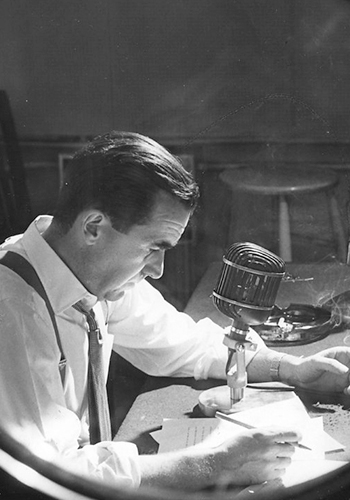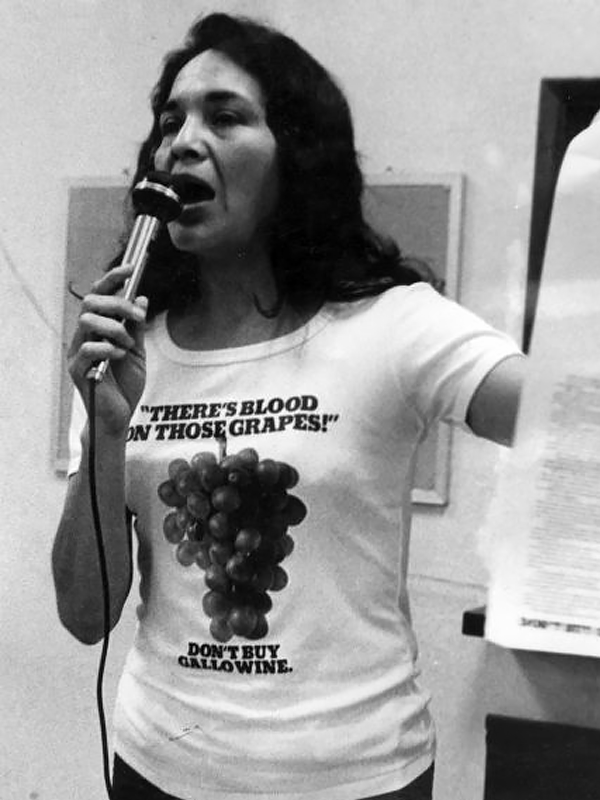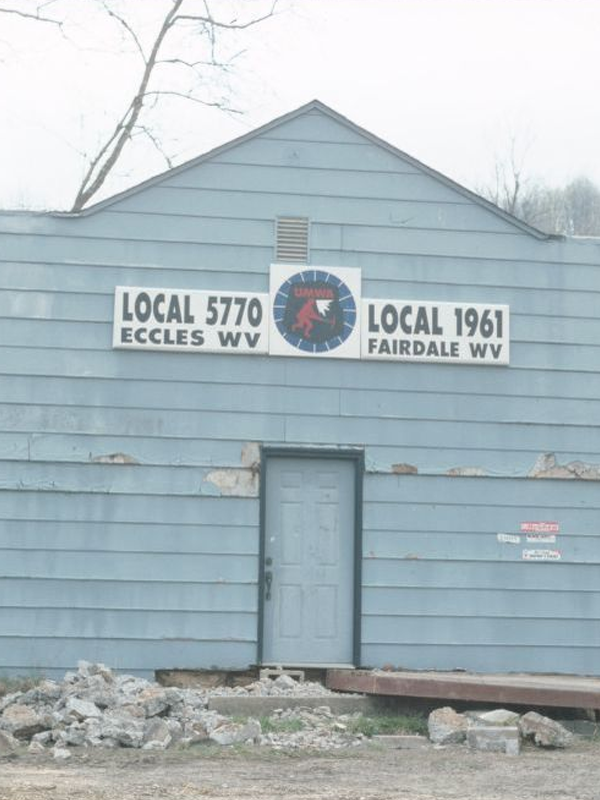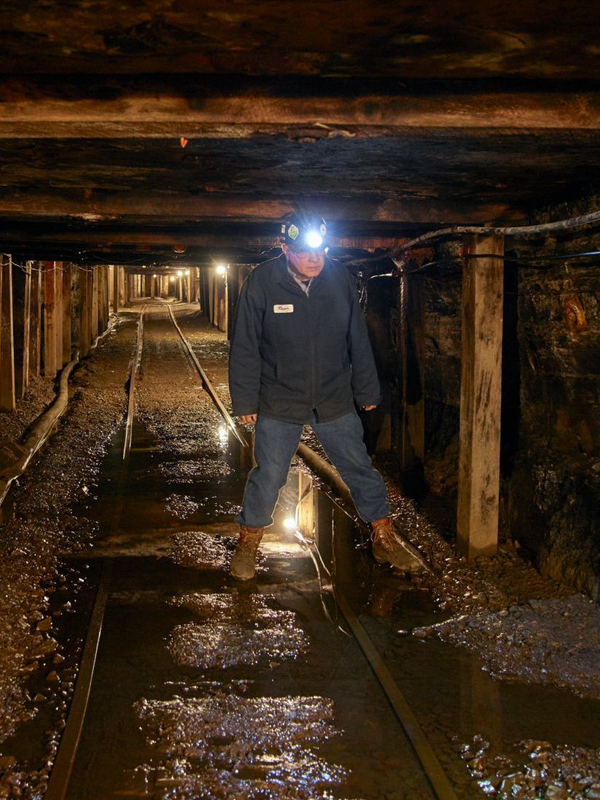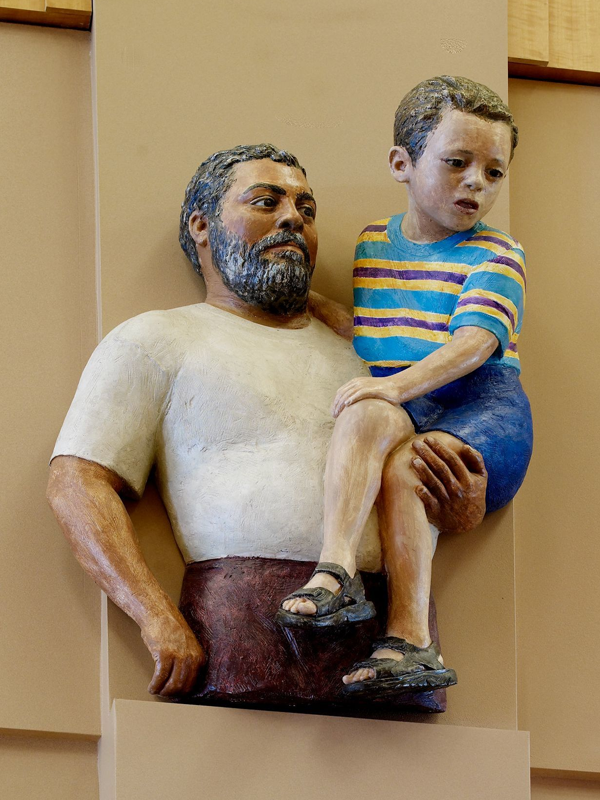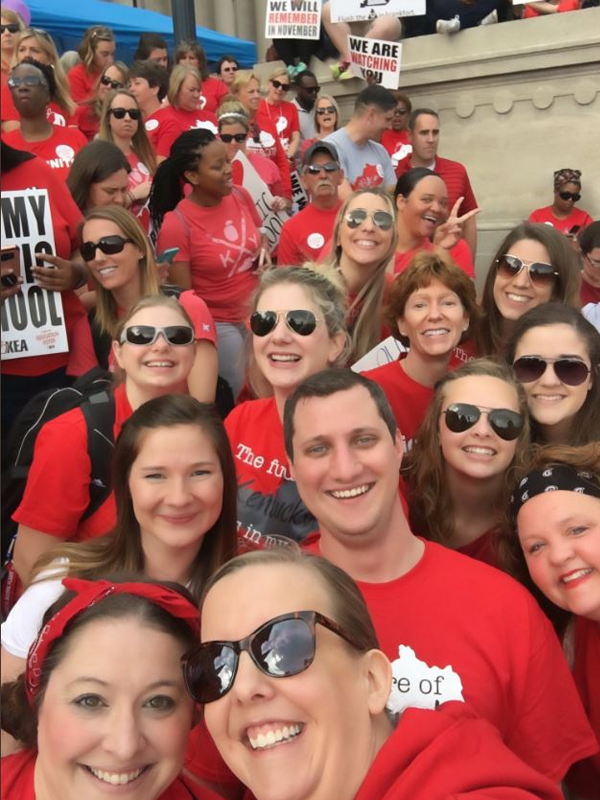"We draw our strength from the very despair in which we have been forced to live. We shall endure."
—Cesar Chavez, labor union leader
Outcome
Awareness of the Triangle fire generated a nationwide outcry about working conditions and spurred efforts to improve standards. Activists and labor unions like the International Ladies’ Garment Workers’ Union (ILGWU)—which lost members in the fire—were at the forefront of a push for reforms.
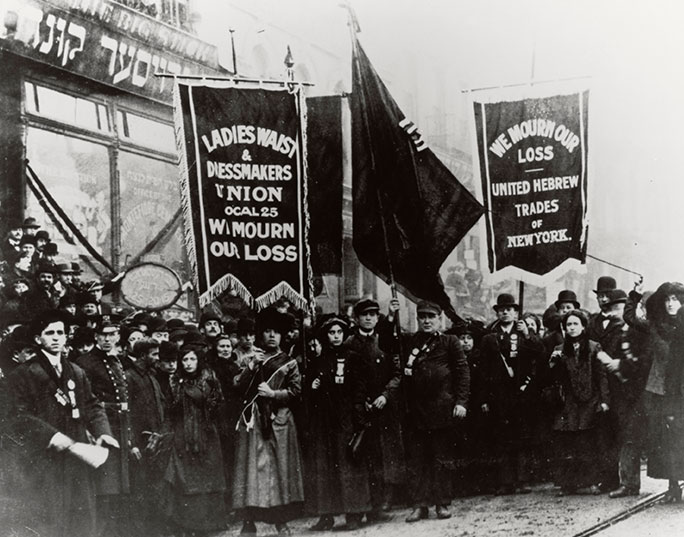
The newspaper photographs of bodies and coffins and the editorial outrage led to a New York State Factory Investigating Commission, which scrutinized factory conditions and instigated thirty-six new workplace safety laws.
This legislation was the ancestor of today's Occupational Safety and Health Administration (OSHA). The tragedy also reinforced the growth of the International Ladies’ Garments’ Workers Union (ILGWU).
In 1911, New York State initiated the most comprehensive investigation of factory conditions in American history. Its conclusions informed new standards for factory safety that other states copied in subsequent years. The 1912 findings of the New York Factory Investigating Committee are credited with the reforms introduced by the US Department of Labor, which was created in 1913.
The Triangle fire also inspired the first workmen's compensation act. Today's Occupational Safety and Health Administration (OSHA) evolved from those reforms.
The publicity garnered by the grape strike and boycott brought national attention to the fieldworkers’ cause. California grape pickers won contracts with increased wages. Cesar Chavez worked alongside other well-known voices like Dolores Huerta, who continued to protest for workers’ rights well into her nineties.
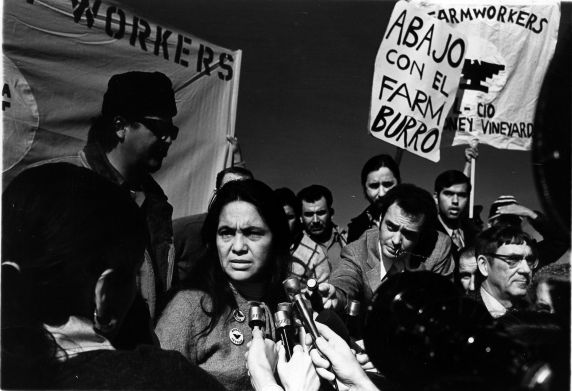
Murrow's production style, evidenced in Harvest of Shame, inspired the full genre of today's investigative television reporting, in daily news segments, weekly shows like 60 Minutes, and longer special presentations. While Harvest of Shame did little to create systemic change, it did help push through legislation that was pending in Congress, such as funding for health services for migrant laborers and education for migrant children.
Issues of workers’ rights and unfair labor practices remain subjects of news stories. In 1995, law enforcement raided a clothing sweatshop in suburban El Monte, California, and freed dozens of Thai workers who were kept in an enclosed complex with razor wire and an armed guard. According to the Smithsonian, “The El Monte sweatshop, like the Triangle Shirtwaist fire in 1911 earlier, took on an iconic role as government and activists used media coverage to galvanize the American public into action.”
Did you know that there are middle and high school students across the United States who are learning to be journalists and to cover stories about many community issues, including immigration? Their schools are part of PBS NewsHour Student Reporting Labs, a youth journalism program in more than 150 schools in the country. Here is an example of one of their stories: One DACA recipient’s journey to higher education. You can see the full collection here: New Americans: Stories of Immigration, Identity and Community.
Discuss the following questions:
- What connections do you see between the conditions for sweatshop workers and the conditions for migrant workers during the twentieth century?
- Why are immigrant workers more vulnerable to workplace exploitation than “native-born” workers then and now?
- How did the work of journalists bring awareness to the plight of migrant and immigrant workers in the early to mid-twentieth century?
